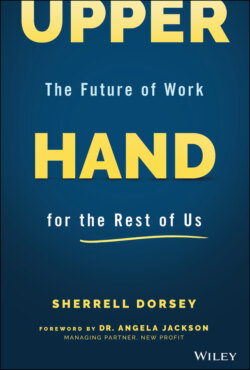Читать книгу Upper Hand - Sherrell Dorsey - Страница 11
Who Gets to Participate in the Future?
ОглавлениеWhile Seattle battled a horrific crack epidemic in the late 1980s, as many Black communities in America had, just 20 minutes east in a wealthy suburb called Bellevue, Microsoft was stretching its legs across the workforce. After setting up shop in its soon‐to‐be Redmond, Washington, campus in 1986, the company quickly grew to 1,400 employees over a two‐year span. There was very little mention in the Central District that the little‐known software company would serve as the hub for jobs, opportunity, and economic mobility.
Today, Microsoft employs over 160,000 people across its U.S. and global offices, with 60 percent of its workforce represented in the United States. Based on its 2020 diversity and inclusion report, just under 5 percent of its workforce is Black, 6.4 percent Hispanic or Latino, and .6 percent Native American or Alaskan. The largest representation, however, is white and Asian.
For Amazon, which employs over 800,000 people across its U.S. and global offices, 7.1 percent of employees are Black (this does not include warehouse workers); LatinX workers make up 7.5 percent.
